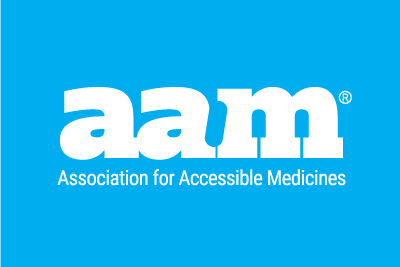The Hatch-Waxman Act, signed into law by President Ronald Reagan in 1984, created a pathway for patient access to affordable medicines, balancing competition in the pharmaceutical sector with innovation and giving rise to the generic drug industry as we know it. As a result, the majority of brand drugs today face competition from lower-priced generic medicines when the brand patent expires, delivering tremendous savings for patients and the U.S. health care system. Today, 90 percent of all prescriptions dispensed are generics, but they account for only 23 percent of all spending on prescription drugs annually.
To create incentives for generics to go through the process of FDA approval and challenge the brand patents, Hatch-Waxman established a period of 180-day marketing exclusivity for the first Abbreviated New Drug Application (ANDA) filer with a patent challenge that successfully challenged a weak patent that would otherwise block the ANDA’s approval. This concept of “first generics” underlies much of what works in the prescription drug market today. Because this provision “creates more affordable treatment options for patients,” the agency explains, “FDA considers first generics to be important to public health.”
Patients and their families benefit when at least one generic becomes available upon the expiration of a medicine’s patent. Encouraging that first manufacturer to enter the marketplace is a crucial step.
This 180-day incentive encourages earlier generic entry and savings for patients by rewarding generic manufacturers for successful patent challenges. Over the years, it has helped to spur competition and price savings for patients using many of the most widely used medicines, including generic versions of atorvastatin (Lipitor),omeprazole (Prilosec) and gabapentin (Neurontin). The first months of 2018 have already seen first-time generic drug approvals for treating HIV-1 infection, treating hypokalemia (low potassium), relieving the symptoms of hay fever and alleviating post-operative pain.
It is critical that policymakers continue to support the entry of generics into the marketplace at the earliest possible time. Any attempt to alter or curtail the 180-day incentive risks undermining the prescription drug savings critical to patients.
By Erik Komendant, AAM Vice President, Federal Affairs




